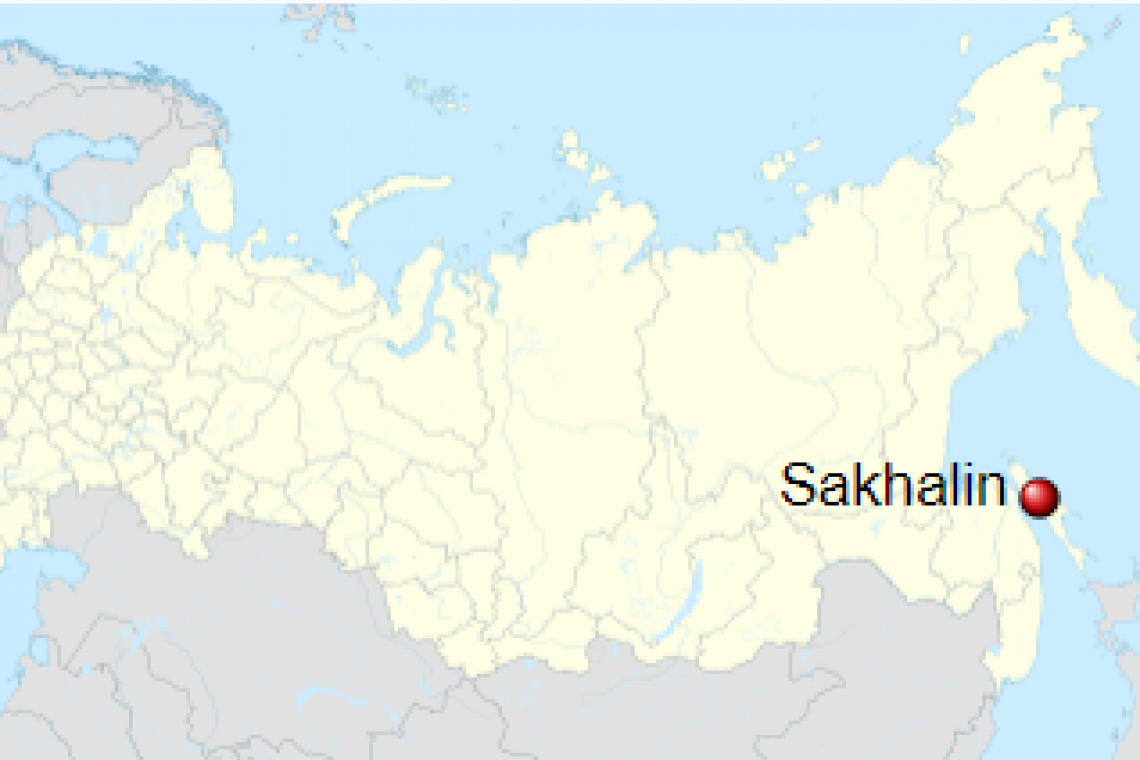The first case of Hong Kong Flu since the 1968-69 "pandemic" has emerged in the Sakhalin Region of far eastern Russia.
1968 flu pandemic, also called Hong Kong flu pandemic of 1968 or Hong Kong flu of 1968, global outbreak of influenza that originated in China in July 1968 and lasted until 1969–70.
The outbreak was the third influenza pandemic to occur in the 20th century; it followed the 1957 flu pandemic and the influenza pandemic of 1918–19. The 1968 flu pandemic resulted in an estimated one million to four million deaths, far fewer than the 1918–19 pandemic, which caused between 25 million and 50 million deaths.
The 1968 pandemic was initiated by the emergence of a virus known as influenza A subtype H3N2. It is suspected that this virus evolved from the strain of influenza that caused the 1957 pandemic.
Although the 1968 flu outbreak was associated with comparatively few deaths worldwide, the virus was highly contagious, a factor that facilitated its rapid global dissemination. Indeed, within two weeks of its emergence in July in Hong Kong, some 500,000 cases of illness had been reported, and the virus proceeded to spread swiftly throughout Southeast Asia.
Within several months it had reached the Panama Canal Zone and the United States, where it had been taken overseas by soldiers returning to California from Vietnam.
By the end of December the virus had spread throughout the United States and had reached the United Kingdom and countries in western Europe.
Australia, Japan, and multiple countries in Africa, eastern Europe, and Central and South America were also affected. The pandemic occurred in two waves, and in most places the second wave caused a greater number of deaths than the first wave.
The 1968 flu pandemic caused illness of varying degrees of severity in different populations. For example, whereas illness was diffuse and affected only small numbers of people in Japan, it was widespread and deadly in the United States.
Infection caused upper respiratory symptoms typical of influenza and produced symptoms of chills, fever, and muscle pain and weakness. These symptoms usually persisted for between four and six days.
The highest levels of mortality were associated with the most susceptible groups, namely infants and the elderly. Although a vaccine was developed against the virus, it became available only after the pandemic had peaked in many countries.
The H3N2 virus that caused the 1968 pandemic is still in circulation today and is considered to be a strain of seasonal influenza. In the 1990s a closely related H3N2 virus was isolated from pigs. Scientists suspect that the human H3N2 virus jumped to pigs; infected animals may show symptoms of swine flu.
Russia now reports The first case of Hong Kong flu was recorded in the Sakhalin region, according to the website of the regional Rospotrebnadzor
According to the department, the virus is characterized by rapid and sharp development of infection, which lasts a long time and often requires symptomatic treatment. The infection affects the mucous membrane of the nasal cavity and oropharynx, causing inflammatory processes.


